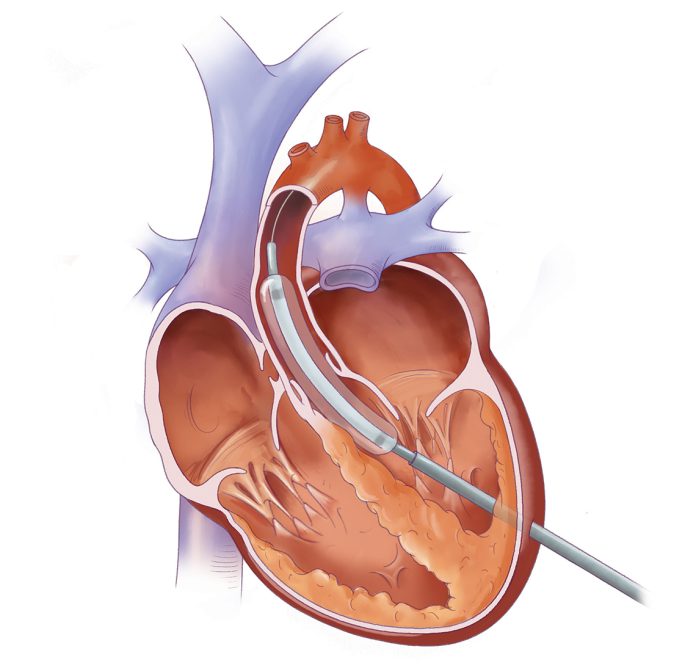4Nids.com – An Aortic Valvuloplasty procedure can correct problems with the aortic valve in the heart. This procedure can serve as a bridge to aortic valve replacement surgery, enabling patients to experience increased quality of life. Various types of aortic valve surgery are now available. Robotic surgery is used in many patients who need isolated valve surgery. This procedure can improve the patient’s quality of life and speed recovery. Balloon valvuloplasty involves a smaller incision than standard heart surgery and is often performed in the hospital.
Aortic valve replacement is not a replacement for heart surgery
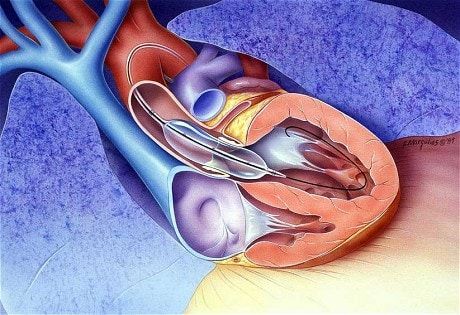
After balloon aortic valve surgery, a postdilation balloon is inserted into the aortic valve. This balloon enables the THV to deploy around the aortic annulus, sealing it. Postdilation balloons are placed slightly apically in order to facilitate deployment of the THV. Aortic valve replacement is not a substitute for cardiac surgery, but can be a beneficial treatment for patients with severe aortic stenosis.
In a recent study, aortic valvuloplasty was used in fetuses to treat critical AS. The procedure was performed in 29 fetuses between 2001 and 2009. All of these fetuses met the criteria for critical valvular AS. Sonographic evidence of a bright endocardium was required for diagnosis. Other diagnostic criteria for aortic valve surgery include reversed flow of the aortic arch and left-to-right shunt across the foramen ovale.
Aortic valvuloplasty is a surgical procedure for treating AS
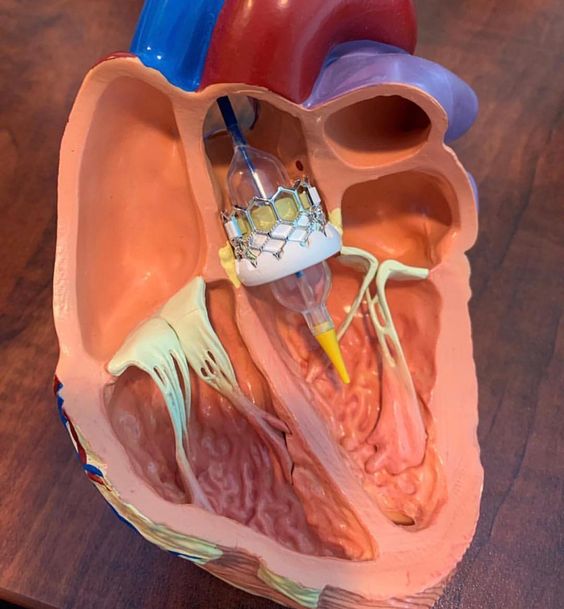
In recent years, aortic valvuloplasty has returned as a surgical procedure to treat AS. It is now commonly used in the treatment of patients with critical aortic stenosis, cardiogenic shock, and as a stabilizing procedure for TAVR or high-risk AVR. Patients may undergo balloon aortic valvuloplasty in the absence of valve replacement, while patients with more severe conditions may be eligible for surgery.
Echocardiography is an important part of the pre-operative evaluation for aortic valve replacement. During the procedure, echocardiography will measure the degree of AR, ejection fraction, end systolic diameter, and mass. Anesthesia for an Aortic Valvuloplasty may be necessary if the patient’s condition worsens. The risk of reoperation is minimal in most cases.
Mechanical aortic valves are used to replace damaged valves
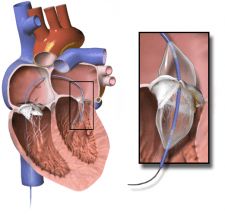
In younger adults, aortic valve replacement may be an option to repair damaged valve. While mechanical aortic valves are used to replace damaged valves, bioprosthetic ones are made from animal tissues such as pig or chicken. This procedure is performed under general anesthesia. The surgeon will cut a long incision through the chest or breast bone, allowing the heart surgeon to access the heart. A cardiopulmonary bypass machine will divert blood around the newly replaced aortic valve.
An angiographic image shows the placement of a wire or balloon within the LV cavity. The balloon is then inflated to dilate the calcified aortic valve. Aortic valve replacement surgery has low risk of vascular complications. Aortic valve replacement is performed in the hospital. The recovery time is about 5 days. A repeat echocardiogram may be necessary after surgery to assess the results. There is a risk of postoperative bradycardia, so patients should be monitored closely.
The new technique focuses on aortic valve repair while simultaneously addressing the aortic root wall and leaflet pathology. This technique consists of two major procedures: leaflet repair and aortic valve remodeling. The first procedure, AV leaflet extension with bovine pericardium, involves the aortic root wall. These two surgical procedures are performed sporadically in the early 1990s.
Indications for this surgery should be clearly defined before undergoing the procedure
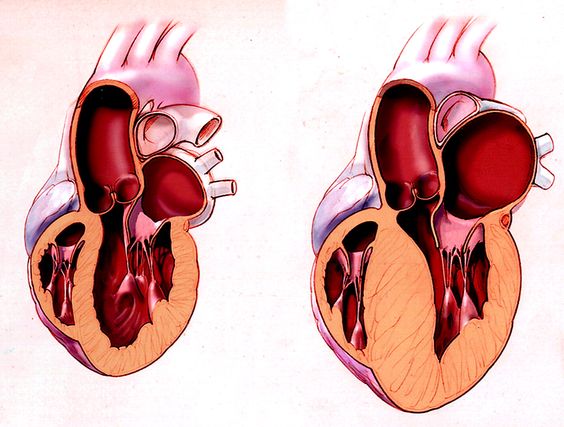
Although BAV is the standard procedure for BAV, it does have risks and limitations. It should only be performed by experienced operators at a specialized cardiac centre, with a thorough consent process. The indications for this surgery should be clearly defined before undergoing a procedure. The surgical results of BAV are often similar to those of TAVI. These patients generally show excellent results. The procedure can be a bridge to definitive aortic valve intervention.
Transcatheter aortic valve implantation is the definitive alternative for severe symptomatic aortic stenosis. In TAVI, preimplantation balloon aortic valvuloplasty (PAV) is a standard procedure for patients undergoing TAVI. It increases the flexibility of leaflets prior to prosthesis implantation and minimizes the risk of complications. Those patients who do not receive preimplantation BAV do not receive a full-length prosthesis and may require post-implant BAV.


